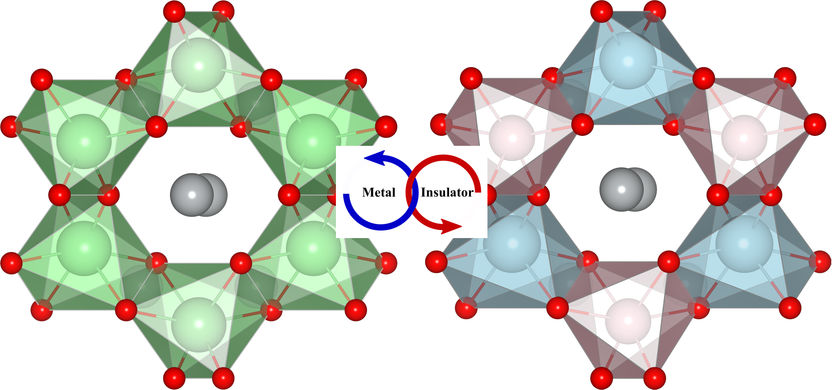How to make palm oil without destroying forests
The versatility of palm oil has led to its use in not just food products but also in everyday goods from lipstick to laundry detergent. But its utility has resulted in the destruction of Southeast Asian rain forests that are the primary source of the oil. An article in Chemical & Engineering News (C&EN) explores what avenues companies and scientists are taking to produce the oil sustainably.
Alex Scott, a senior editor at C&EN, notes that about 63 million metric tons of palm oil is harvested every year with 87 percent of it coming from Malaysia and Indonesia. According to a 2007 report by the United Nations Environment Programme, the situation has been particularly dire in Indonesia. The country was on track to lose 98 percent of its natural rain forest by 2022 unless it implemented strict conservation measures.
To address this toll, palm oil producers and biotechnology firms are developing multiple strategies. A group of 855 producers called the Roundtable on Sustainable Palm Oil has devised two certification systems to encourage companies to source their oil from sustainable plantations. On the research front, scientists have been figuring out how to make products similar to palm oil from yeast and algae. Some of these techniques are already being used in specialty products.
Original publication
"Making Palm Oil Sustainable"; Chemical & Engineering News
Original publication
"Making Palm Oil Sustainable"; Chemical & Engineering News
Organizations
Other news from the department science

Get the chemical industry in your inbox
By submitting this form you agree that LUMITOS AG will send you the newsletter(s) selected above by email. Your data will not be passed on to third parties. Your data will be stored and processed in accordance with our data protection regulations. LUMITOS may contact you by email for the purpose of advertising or market and opinion surveys. You can revoke your consent at any time without giving reasons to LUMITOS AG, Ernst-Augustin-Str. 2, 12489 Berlin, Germany or by e-mail at revoke@lumitos.com with effect for the future. In addition, each email contains a link to unsubscribe from the corresponding newsletter.
Most read news
More news from our other portals
Last viewed contents
Laser pulses control single electrons in complex molecules
Pyridostigmine

Breakthrough in molecular machines - Researchers have succeeded to obtain control of the molecular machines, which in the future may enable them to perform controlled movements
Anabolic_steroid
Bachem 2004 results with positive outlook for 2005
Tris(ethylenediamine)cobalt(III)_chloride

Material separates water from … water - A flipping action in a porous material facilitates the passage of normal water to separate it out from heavy water
Traveling_wave_tube

Disrupting crystalline order to restore superfluidity
Merger of CyBio AG into Analytik Jena AG Completed




























































